1.3: Shifting and Reflecting
- Page ID
- 227
1. Six Basic Functions
Below are six basic functions:
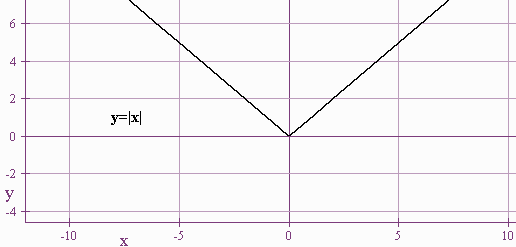
-
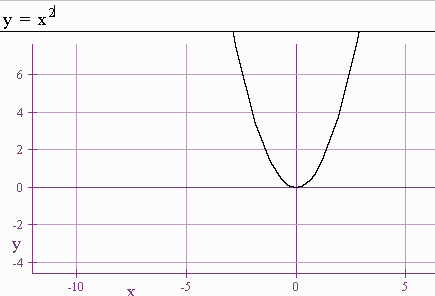
-

-
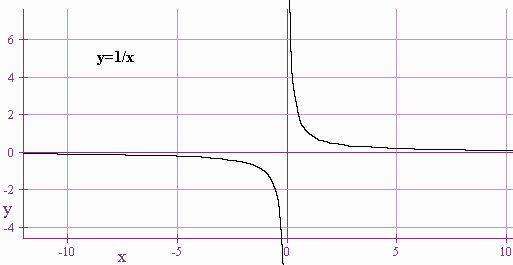
-
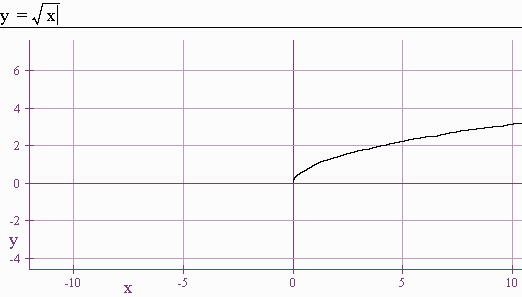
-
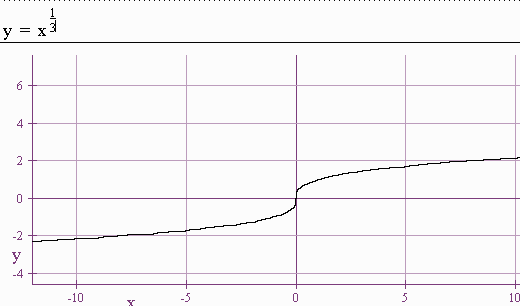
Memorize the shapes of these functions.
2. Horizontal Shifting
Consider the graphs
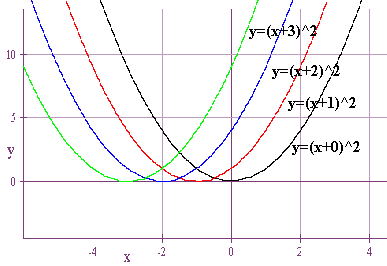
\(y =\)
- \((x+0)^2\)
- \((x+1)^2\)
- \((x+2)^2\)
- \((x+3)^2\)
Exercise
Use the list features of a calculator to sketch the graph of
\(y = \dfrac{1}{ [x - \{0,1,2,3\}] }\)
Horizontal Shifting Rules
- Rule 1: \(f(x - a) = f(x)\) shifted \(a\) units to the right.
- Rule 2: \(f(x + a) = f(x)\) shifted \(a\) units to the left.
3. Vertical Shifting
Consider the graphs
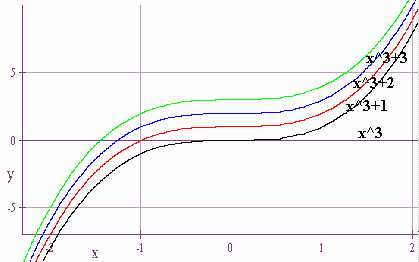
\(y =\)
- \(x^3\)
- \(x^3+ 1\)
- \(x^3 + 2\)
- \(x^3 + 3\)
Exercise
Use the list features of a calculator to sketch the graph of
\(y = x^3 - \{0,1,2,3\}\)
Vertical Shifting Rules
- Rule 3: \(f(x ) + a = f(x)\) shifted a units up.
- Rule 4: \(f(x) - a = f(x)\) shifted a units down.
4. Reflecting About the x-axis
Consider the graphs of
\(y = x^2\) and \(y = -x^2\).
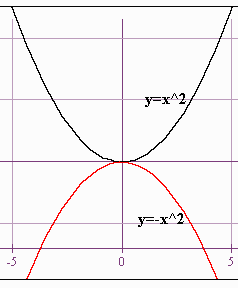
x-Axis Reflection Rule
Rule 5: \(-f(x) = f(x)\) reflected about the x-axis.
5. Reflecting About the y-axis
Exercise
Use the calculator to graph
\(y=\sqrt{x}\)
and
\(y=\sqrt{-x}\)
y-Axis Reflection Rule
Rule 6: \(f(-x ) = f(x)\) reflected about the y-axis.
6. Stretching and Compressing
Exercise
Graph the following:
\(y = \{1,2,3,4\}x^3\)
\(y = {1/2,1/3,1/4,1/5}x^3\)
Stretching and Compression rules:
- Rule 7: \(cf(x ) = f(x)\) (for \(c > 1\)) stretched vertically.
- Rule 8: \(cf(x ) = f(x)\) (for \(c < 1\)) compressed vertically.
Exercise
Graph the following
- \(y = x^2 - 10\)
- \(y = \sqrt{x - 2}\)
- \(y = -|x - 5| + 3\)
We will do some examples (including the graph of the winnings for the gambler and for the casino).
7. Increasing and Decreasing Functions
Definition
A function is called increasing if as an object moves from left to right, it is moving upwards along the graph. Or equivalently,
If \(x < y\), then \(f(x) < f(y)\).

Example 1
The curve
\[y = x^2\]
is increasing on \((0,\infty)\) and decreasing on \((-\infty,0)\).
Contributors
- Larry Green (Lake Tahoe Community College)
Integrated by Justin Marshall.


